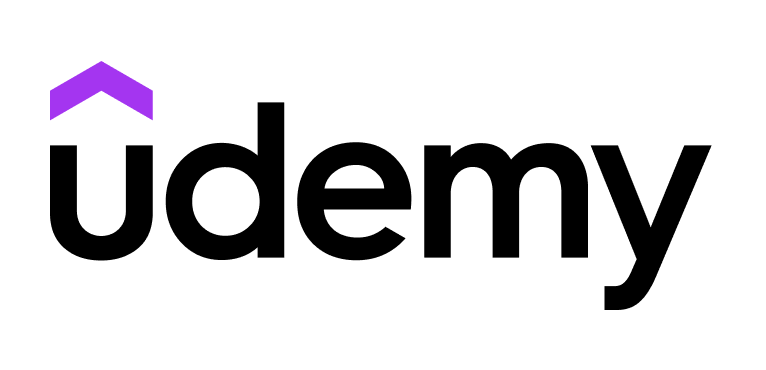If you’ve ever worked with industrial automation, you already know that Ladder Logic and Function Block Diagrams (FBD) can only take you so far. Mastering PLC Programming with Structured Text (ST) takes you beyond the basics and into the world of professional-grade PLC programming — where logic becomes cleaner, scalable, and far more powerful. Designed for both beginners and experienced automation professionals, this course focuses on teaching Structured Text (ST), one of the most widely adopted high-level PLC languages across major brands like Siemens, Allen-Bradley, and CODESYS.
Why This Course Stands Out
What makes this course shine is how it bridges traditional visual programming methods with the modern, text-based approach used in industrial automation today. Structured Text is part of the IEC 61131-3 standard, and mastering it gives you the ability to build complex control logic that would be difficult to implement in Ladder or FBD.
The instructor guides students through practical exercises using Connected Component Workbench (CCW) — a free software environment from Allen-Bradley that includes a built-in simulator. That means you can test everything you write without needing any hardware. The course starts with simple syntax and concepts like variables, loops, and conditionals, and then moves into real-world logic exercises, such as motor and temperature control systems. It’s a gradual yet effective climb from beginner to capable ST programmer.
What You’ll Learn
In Mastering PLC Programming with Structured Text (ST), students learn to code PLCs using Structured Text from the ground up. The lessons introduce key programming constructs — variables, functions, loops, and conditional statements — and demonstrate how these elements fit into automation workflows.
You’ll gain hands-on experience using the free CCW simulator to test your programs, tackling exercises like logic gate operations, data conversions (such as Celsius-to-Fahrenheit), and function creation. By the end, you’ll have written and tested multiple structured programs that mirror how automation is handled in real-world industrial setups.
This learning path doesn’t just show “how to code” — it shows why certain approaches make your code more efficient, reusable, and scalable. For anyone used to dragging logic blocks in FBD or drawing contact lines in Ladder Logic, this shift to Structured Text feels like stepping into a more powerful, flexible world.
Who It’s For
This course is ideal for automation engineers looking to expand their programming skillset, technicians transitioning from Ladder or FBD, or students curious about industrial control software. Even if you’ve never coded before, the instructor’s clear explanations make the content approachable. The only real requirements are a Windows PC and curiosity — all tools used are free, and no PLC hardware is necessary.
What Students Are Saying
Students appreciate how approachable and adaptable this course is. Many highlight how the lessons are easy to understand and apply, even if they use different PLC platforms like Siemens. Others mention that the instructor’s teaching style makes complex concepts surprisingly digestible, which helps beginners grasp Structured Text quickly. Overall, reviews emphasize that it’s a great foundational course for those starting out or wanting to switch from graphical PLC programming to code-based logic.
Final Thoughts
Mastering PLC Programming with Structured Text (ST) is a smart investment for anyone serious about automation or industrial control systems. It strips away the intimidation factor of text-based programming and replaces it with clarity, structure, and practical experience. The use of free tools, logical exercises, and accessible teaching make this course a solid entry point into modern PLC programming.
Whether you’re an automation student, technician, or seasoned engineer ready to move beyond Ladder Logic, this course gives you the knowledge and confidence to write cleaner, more professional PLC code — no hardware required.
In short, Mastering PLC Programming with Structured Text (ST) isn’t just about learning another programming language; it’s about mastering the next step in your automation journey.




